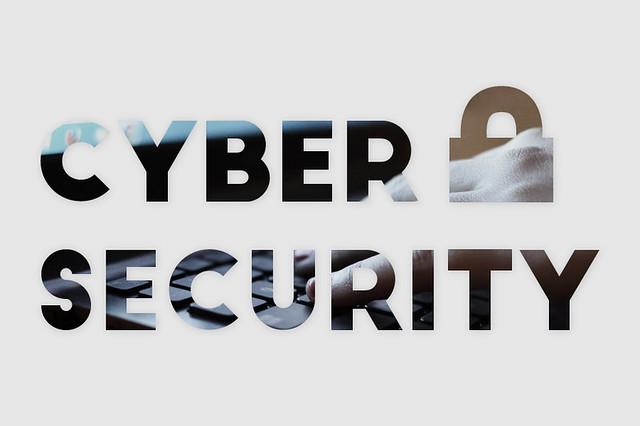Cyber-intelligence firm builds heatmap to show online attacks around the world as they happen
A heat map depicting cyber-warfare as it happens has revealed the extent of the online attacks that ricochet between China and the United States. The mesmerising depiction has been created by Norse Corporation – a company that monitors global spyware and malware. The map is based on 130 terabytes of information gathered from 40 countries and eight million so-called "honeypots" – computers that emulate the kinds of programs cyber-attackers tend to attack, like ATM software and corporate email, BuzzFeed explains. The map shows a range of different information, including which country a cyber attack comes from, where it is aimed, and details about what kind of attack it is. The attacks it displays represent only one per cent of the total data Norse tracks. If the company attempted to display any more than that it would become illegible, it says. Although many of the attacks seem to be emanating from China, that impression may be misleading, NetworkWorld says, as "many attackers are good at masking their real location". At time of writing, the five most frequently attacked countries appear to be the US, China, Singapore, UK and Thailand. And apart from China, the assaults seem to originate from the US, the Netherlands, Russia and what looks like a small island off the south coast of Ghana labelled "Mil/Gov". Rather than this being a secretive US military base in the Gulf of Guinea, it is in fact a random location on the equator that Norse has selected to represent cyber-attacks committed by and against the American government, where location data is unavailable. The map is "weirdly hypnotic" Quartz's Heather Timmons says, and looks rather "like the vintage video game Missile Command". Another tool that does a similar job is Kaspersky’s stunning interactive cyber threat map. Kaspersky Lab, a provider of anti-virus software has over 60 million users and detects more than 300,000 malicious objects every day. According to Kaspersky, the most infected countries in the world are currently Russia, India, Vietnam, the US and Germany. For further concise, balanced comment and analysis on the week's news, try The Week magazine. Subscribe today and get 6 issues completely free. Source: The Week UK, Image Courtesy: https://pbs.twimg.com/media/BrJK-NACMAERLH6.jpg:large


